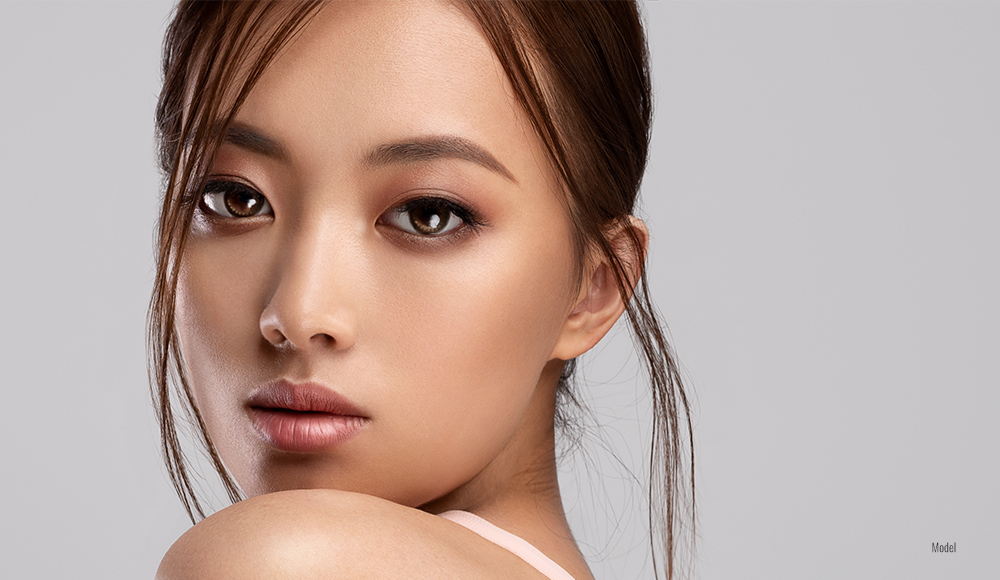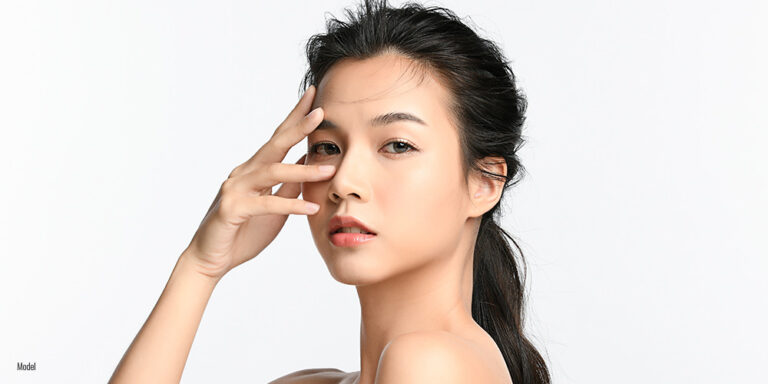Asian rhinoplasty is a specialized form of nose surgery that considers the unique anatomical features commonly seen in individuals of Asian descent. Understanding the healing process is important for anyone considering this procedure to ensure optimal results. While rhinoplasty is a major surgery, the recovery time and healing stages vary based on several factors, including the individual’s body, the specific techniques used, and how well aftercare instructions are followed.
4 Min Read:
In this blog, we’ll outline how Asian rhinoplasty differs from traditional rhinoplasty, provide a detailed timeline of the healing process, and offer essential tips for managing swelling, bruising, and discomfort to achieve the best possible outcome.
How Asian Rhinoplasty Differs From Traditional Rhinoplasty
Understanding the differences between Asian rhinoplasty and traditional rhinoplasty can help patients prepare for a slightly different healing experience. In traditional rhinoplasty, the goal is often to reduce or reshape a prominent nasal structure. In contrast, Asian rhinoplasty typically focuses on augmenting or refining the nose to create a more balanced profile. This often requires cartilage grafts or silicone implants, which can lead to prolonged internal swelling and a more gradual refinement of the nose’s shape.
Additionally, due to the thicker skin in some Asian patients, swelling may last longer, especially at the nasal tip. Surgeons may also take extra care to ensure that the surgical techniques used produce a natural look that harmonizes with other Asian facial features, which can influence healing timelines.
Understanding the Healing Process for Asian Rhinoplasty
Asian rhinoplasty is often more complex than traditional rhinoplasty. Surgeons typically focus on increasing nasal projection, refining the tip, or enhancing the bridge to complement Asian facial features while maintaining a natural look. These procedures can involve cartilage grafts or implants, which means the recovery process may differ slightly from that of standard rhinoplasty.
Because Asian rhinoplasty often addresses issues such as a flatter nasal bridge and a softer nasal tip, patients may experience more swelling and bruising, especially in the initial stages of healing.
Healing Timeline: From Post-Surgery to Full Recovery
First 24-48 Hours After Surgery
Immediately following surgery, patients will feel the most discomfort. The nose will be packed with gauze to control bleeding, and an external splint may be applied to protect the new structure. During this time, it’s normal to experience some swelling and bruising around the eyes and nose. Patients may also feel groggy due to the anesthesia and need assistance with daily tasks.
- Tip: Keep your head elevated while resting to minimize swelling and avoid any unnecessary pressure on the nose.
Week 1: Rest and Initial Recovery
At this point, the worst of the swelling and bruising will begin to subside. The external splint is typically removed around day 7. Many patients are surprised by how swollen their nose still appears, but this is completely normal. Internal swelling, while not visible, will take longer to heal.
- Recovery Tip: Continue to rest and avoid any strenuous activity. Ice packs can help reduce swelling, but do not place them directly on your nose.
Weeks 2–3: Bruising and Swelling Start to Subside
Most patients begin to feel more like themselves by the second and third weeks post-surgery. Bruising around the eyes and cheeks will diminish, and swelling will reduce, although the nose will still appear puffier than expected.
- Recovery Tip: Light walking is encouraged to promote circulation, but avoid any heavy lifting or vigorous exercise that might affect healing.
Weeks 4–6: Transition to Normal Activities
Around the one-month mark, most people can return to their normal daily activities. By this time, the nose will look more refined, though subtle swelling may still be present, particularly at the tip of the nose.
- Recovery Tip: Be gentle when washing your face, and avoid wearing glasses that might put pressure on your nose.
Months 3–6: Continued Refinement
At this stage, most of the swelling will have subsided, and the shape of the nose will become more defined. However, full healing may still take several months, especially in areas where cartilage grafts or implants were placed.
- Recovery Tip: Remain patient during this time and follow up with your surgeon as recommended to ensure everything is healing as expected.
Months 6–12: Full Recovery
Although most people notice dramatic improvements in the first three to six months, it may take up to a full year for your nose to settle into its final shape. Scar tissue and internal swelling continue to resolve during this time, revealing the final outcome of the surgery.
- Recovery Tip: Protect your nose from direct sun exposure and avoid any activities that might risk injury to your nose, as it remains delicate throughout the year-long recovery process.
Your Asian Rhinoplasty Expert in Beverly Hills, CA
While the overall healing timeline for Asian rhinoplasty can take up to a year, most patients see significant improvements in just a few weeks. By following your surgeon’s advice, taking proper care of your nose, and staying patient, you can ensure the best possible outcome for your new, refined look.
To learn more about Asian rhinoplasty, contact Dr. Charles Lee in Beverly Hills, CA. Call us at (310) 271-5954 or complete our online contact form to schedule your consultation.







